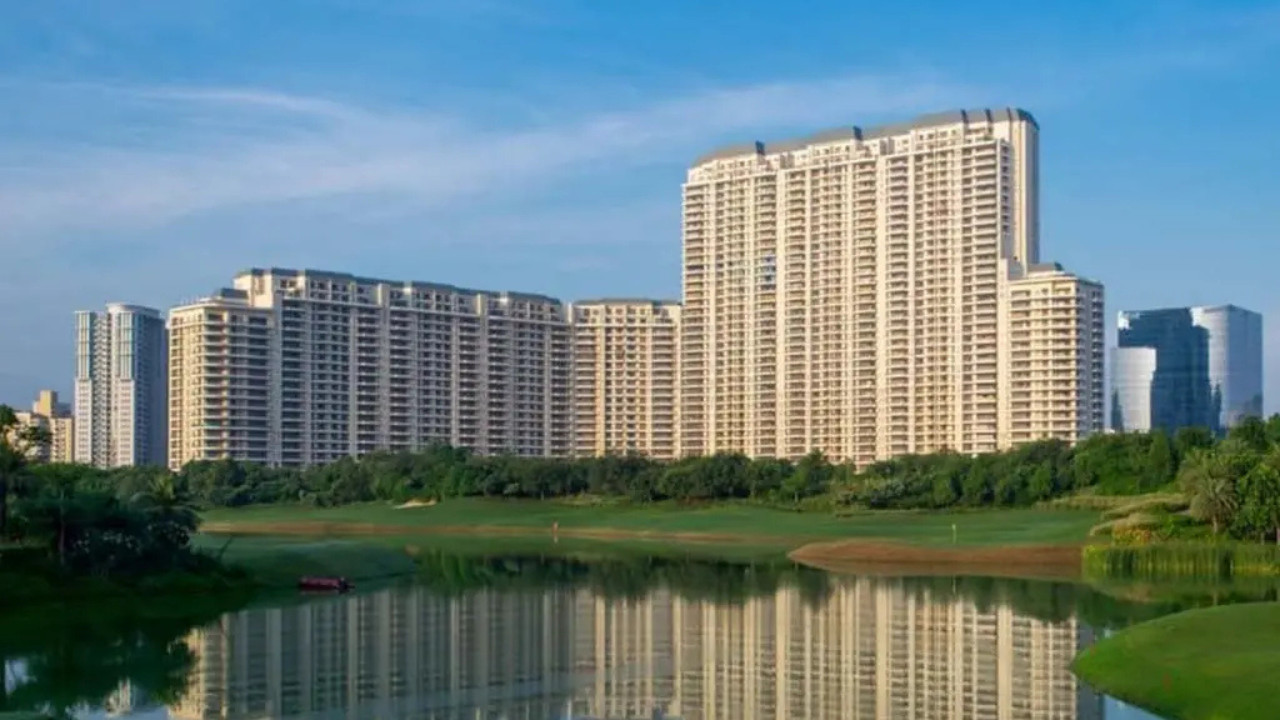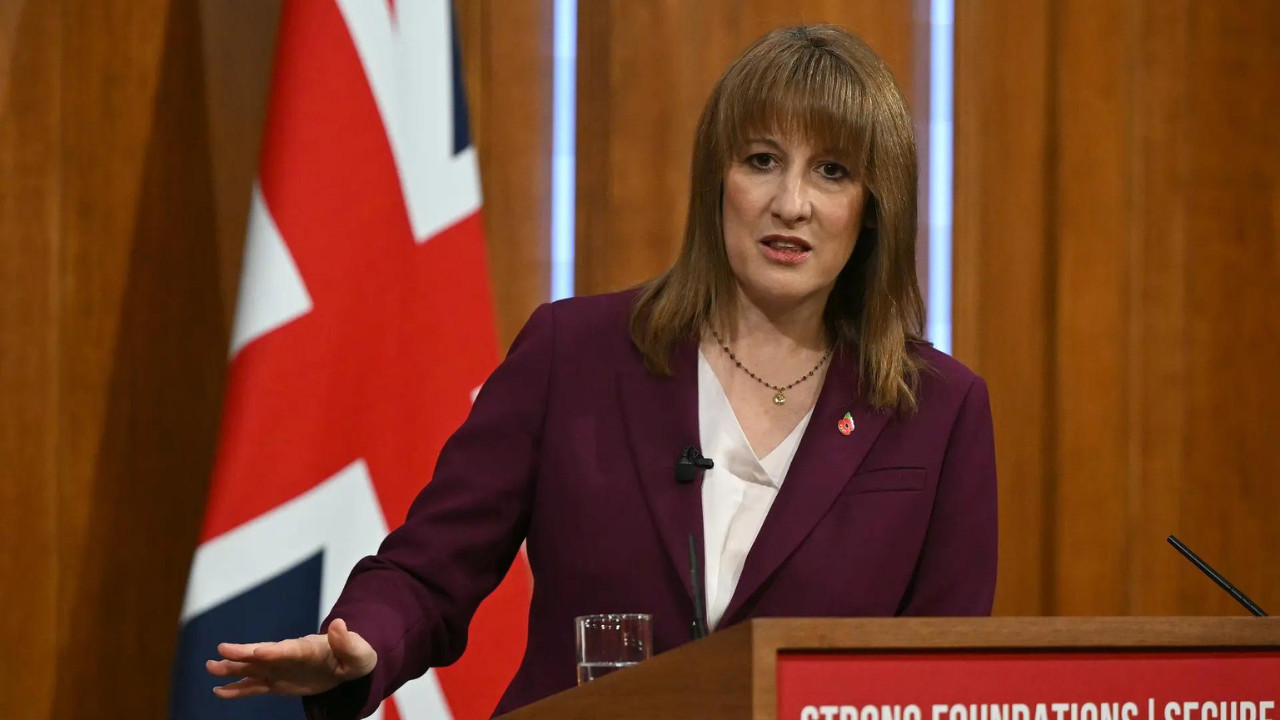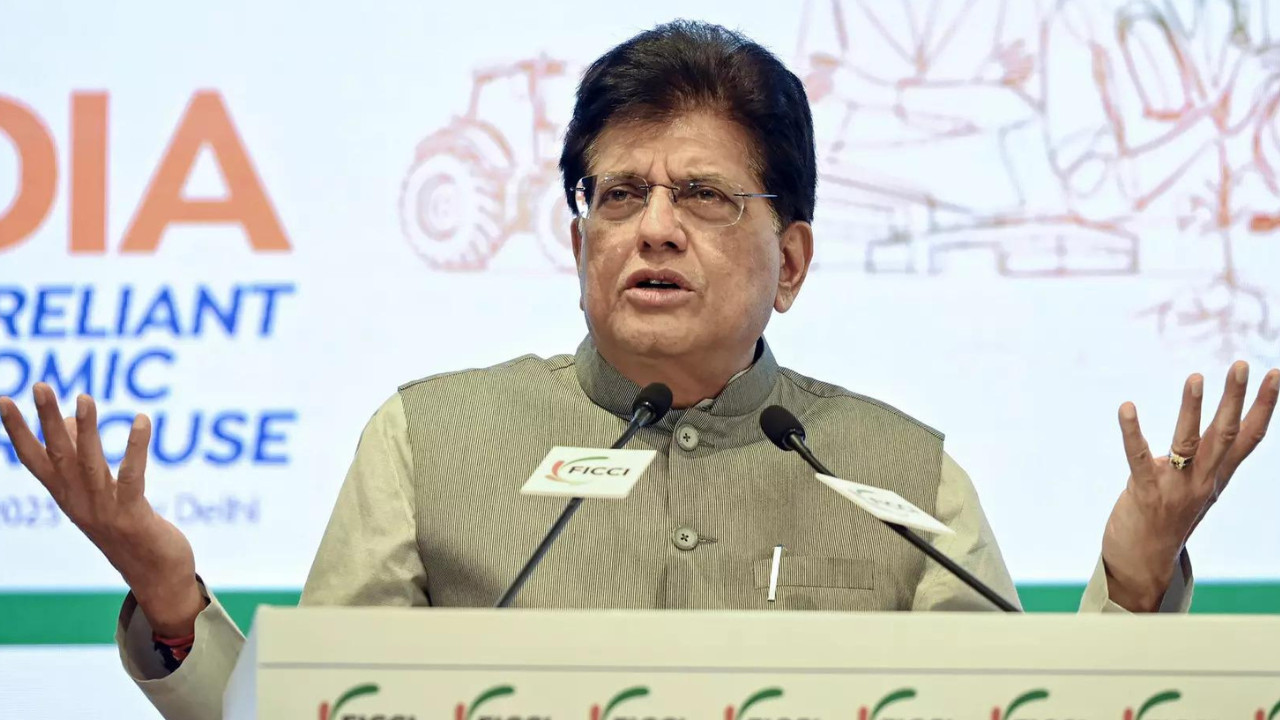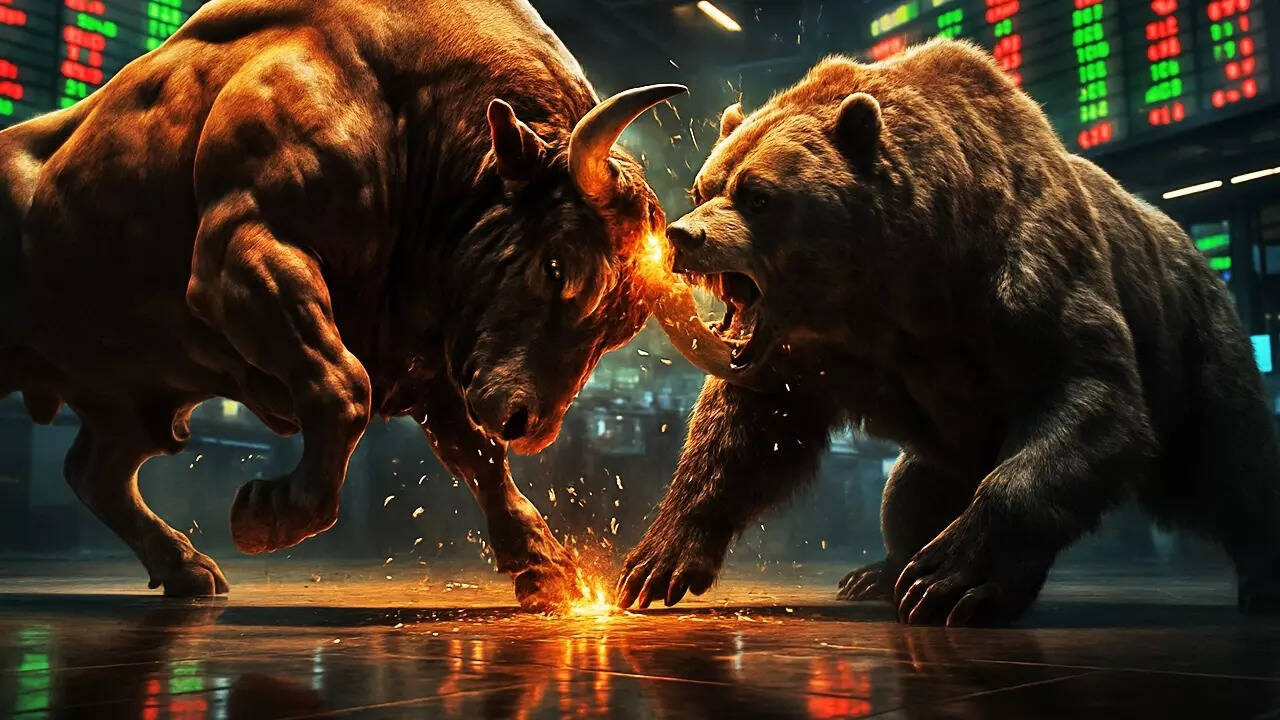China’s consumer prices saw a mild 0.2% year-on-year increase in October, breaking a period of stagnation and decline. This slight improvement occurs as the nation grapples with a property debt crisis, weak consumer spending, and high youth unemployment, while factory-gate prices continue to fall.
China’s Economic Pulse: Is Inflation a Sign of Recovery, or a False Dawn?
For months, the world has watched China’s economic indicators with bated breath. The post-pandemic rebound that many anticipated simply hasn’t materialized with the vigor expected. Instead, a strange stillness has settled over the economic landscape, punctuated by concerns about property market woes and sluggish consumer spending. Now, however, a flicker of movement has appeared on the screen: China’s consumer price index (CPI) has edged up by 0.2% in October, breaking free from months of stagnation. But is this a genuine sign of a revitalized economy, or just a fleeting anomaly?
The whispers of deflation have been persistent. For an economy as large and influential as China’s, even the hint of deflation is cause for concern. Deflation, a sustained decrease in the general price level of goods and services, can lead to a vicious cycle: consumers delay purchases expecting prices to fall further, businesses cut back on investment and production, and the economy grinds to a halt. The extended period of near-zero inflation in China has raised alarms globally.
So, what’s behind this recent uptick? Several factors are likely at play. The increase, albeit modest, suggests that consumer demand might be slowly stirring. Government stimulus measures, though measured, may be starting to filter through the system, nudging spending upwards. But before we declare victory over deflationary pressures, a closer look is warranted.
Decoding the Drivers of China’s Inflation
The CPI is a broad measure, reflecting price changes across a basket of goods and services. Digging beneath the surface, we find that the drivers of this increase are not uniform. For instance, certain sectors may be experiencing stronger demand and pricing power than others. Furthermore, the global economic climate impacts China, with fluctuating commodity prices and international trade dynamics adding further layers of complexity.

The property sector remains a significant drag on overall economic performance. The well-documented struggles of major developers continue to cast a long shadow, impacting consumer confidence and investment decisions. While the government has implemented measures to stabilize the market, the effects are yet to fully materialize. This situation creates a divided economic picture, where some sectors may be showing signs of recovery while others are still mired in challenges. We took a closer look at the broader economic situation in our recent article about [China’s economic challenges and global impact](related-article-url).
Consumer Spending: A Key Piece of the Puzzle
Ultimately, a sustained economic recovery in China hinges on a revival of consumer spending. Chinese consumers, known for their frugality and high savings rates, have been particularly cautious in the post-pandemic era. Concerns about job security, the property market, and the overall economic outlook have dampened their willingness to spend.
Stimulating consumer spending is a multifaceted challenge. It requires not only government policies that boost disposable income but also measures that restore confidence and address underlying anxieties. The focus has to be on boosting consumer confidence with fiscal policy. Creating more jobs is another great idea for a path forward.
Navigating the Path Ahead
Predicting the future course of any economy is a notoriously difficult task, and China’s economic trajectory is particularly complex. The recent CPI increase is a welcome sign, but it’s far too early to declare a definitive turning point. Sustained, broad-based inflation, driven by genuine demand and increased economic activity, is needed to confirm a true recovery.
China’s leadership faces a delicate balancing act. They must continue to address the challenges in the property sector, implement effective stimulus measures, and foster a climate of confidence that encourages consumer spending. The world will continue to watch closely, hoping that this flicker of inflation turns into a sustainable flame of economic growth.
The road ahead is paved with both opportunities and risks. Whether China can navigate these complexities and achieve a robust recovery remains to be seen, but the early signs – like this slight nudge in China inflation – offer a glimmer of hope.







